Future-proofing digital experience in AI-first semantic search
Get ahead of the curve and deliver a seamless user journey with these 10 AI-driven semantic search strategies.
The rise of artificial intelligence (AI) and its integration into search engines is reshaping how businesses and consumers interact with digital platforms.
This article will share specific steps to future-proof your customer experience across various channels and touchpoints.
Understanding AI-first semantic search
Semantic search represents a quantum leap in the world of search engines. Unlike traditional keyword-based search, semantic search focuses on comprehending the context and intent behind a user’s query, leading to more accurate and contextually relevant results.
This is achieved through natural language processing (NLP) and machine learning (ML) techniques, making it an essential aspect of AI-driven search.
With AI-first semantic search, search engines are no longer confined to merely matching keywords. They can now comprehend the nuances of language, interpret user intent, and provide answers rather than just links.
This is why brands must adapt and provide a more intuitive and personalized digital experience for users across all channels and touchpoints.
Dig deeper: How to future-proof your digital presence in the era of AI-powered search
Strategies for future-proofing your digital experience
To remain competitive in this AI-first semantic search landscape, businesses must proactively adapt their digital strategies.
Here are some key strategies and initiatives to consider as you create a roadmap for a future-proof experience in 2024.
- Content orchestration: Omnichannel presence and connected customer journey.
- Personalization: Tailoring user experiences based on individual preferences and behaviors.
- Semantic search and embracing entity-rich topical content.
- Multi-modal search capabilities: Text, voice, image, core business information.
- Page experience and Core Web Vitals for site speed, responsiveness and visual stability.
- Tech stack: Flexible, scalable, customizable, decoupled architecture.
- Performance optimization: CDN, caching and lazy loading.
- Technical SEO and structured data.
- UI/UX and workflows.
- Safe and secure: Governance and compliance.
Content orchestration
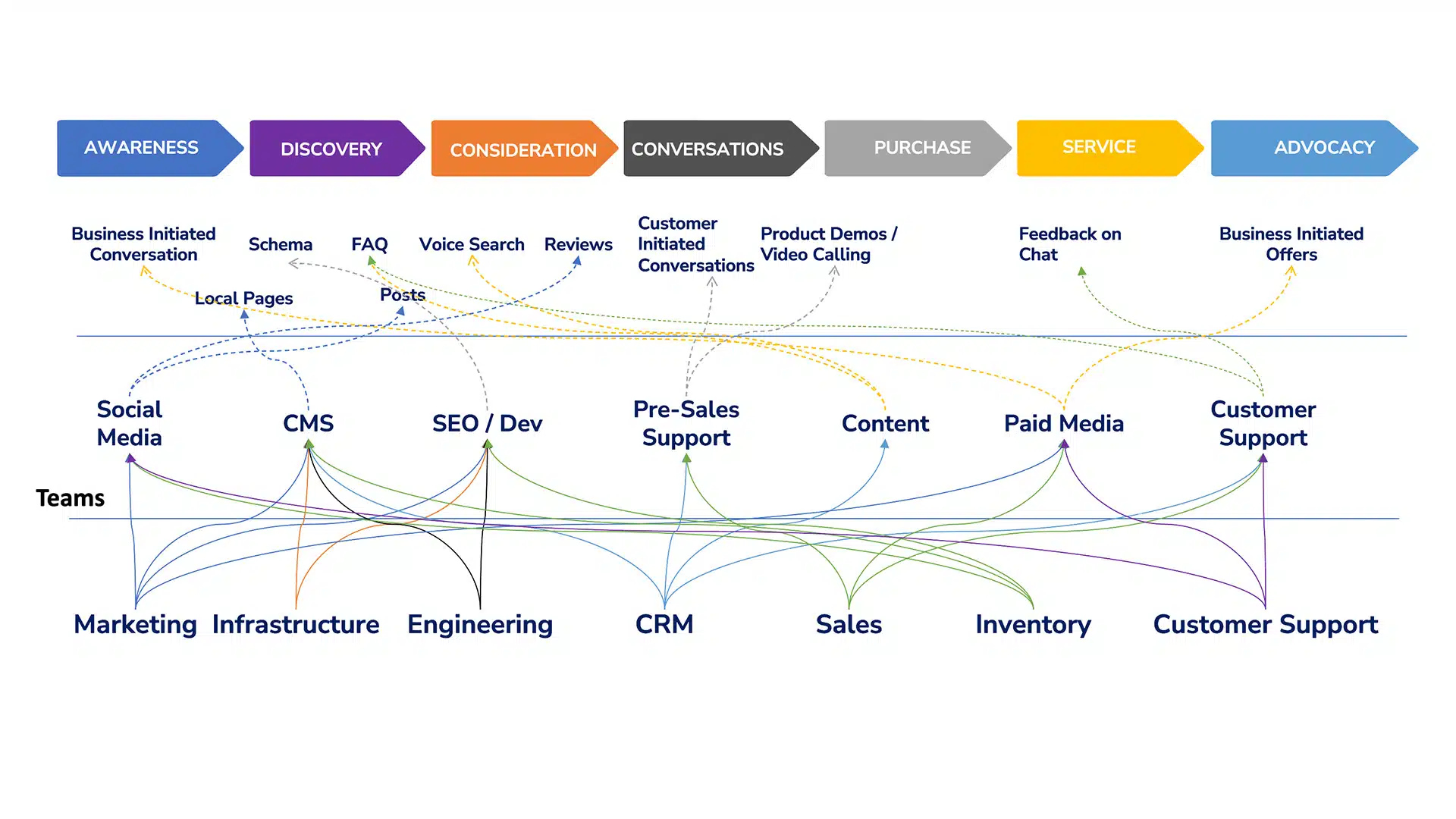
Maintaining a consistent and connected customer journey and experience across all channels is ta challenge for most brands.
To achieve this, centralizing core digital assets, brand USP, and essential attributes is crucial. Once this information is centralized and improved, digital platforms like DAM, CMS, and CRM can deliver consistent content across all channels and touchpoints seamlessly.
Personalization
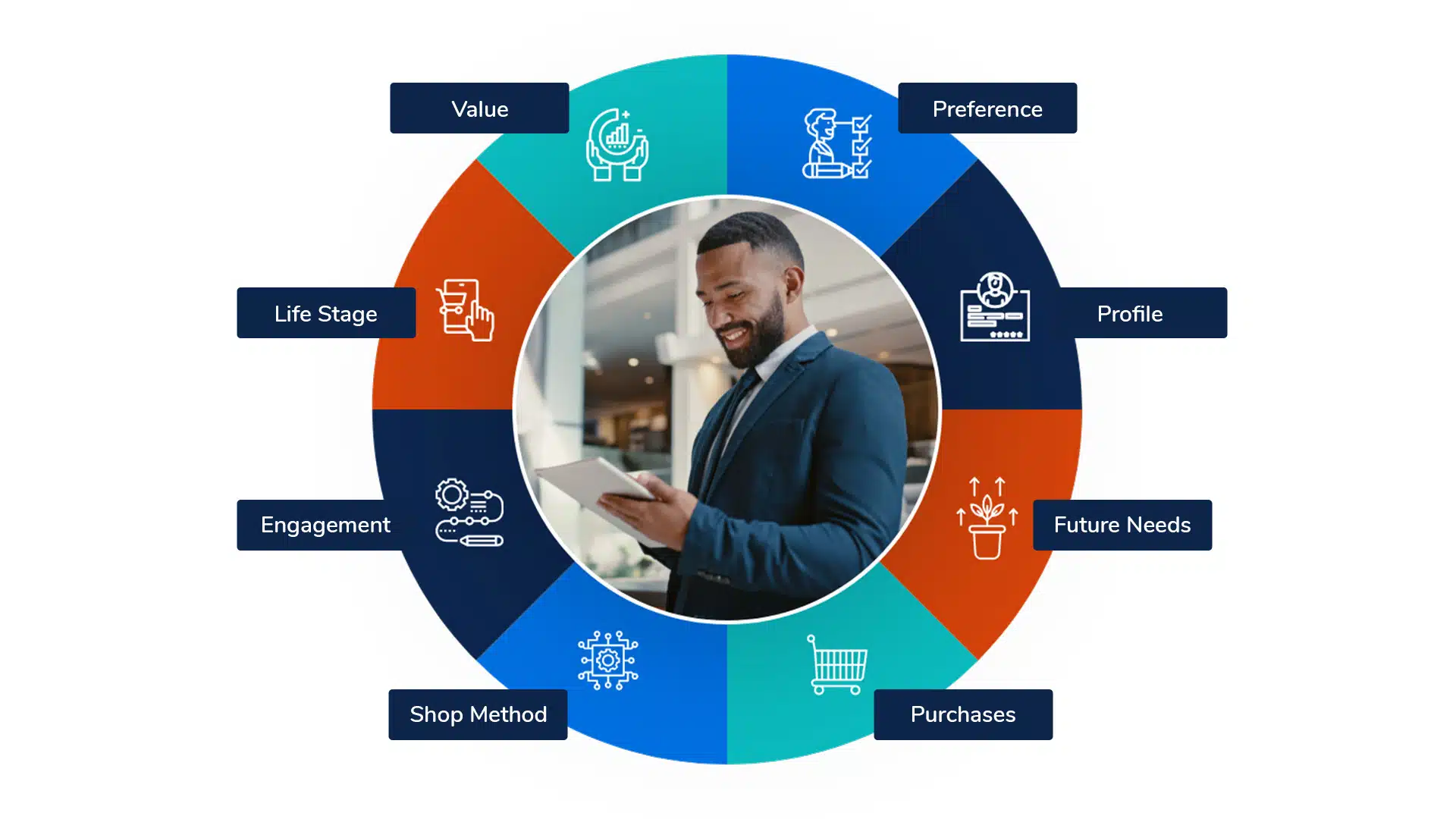
Tailoring experiences based on individual preferences and behaviors enhances user engagement and drives better conversion rates.
This requires securing, segmenting customer data and personalizing digital journey based on user variables such as location, interest, and demographics.
Brands must leverage the right CMS, CDP and CRM for personalizing user experiences.
Semantic search and entity-rich topical content
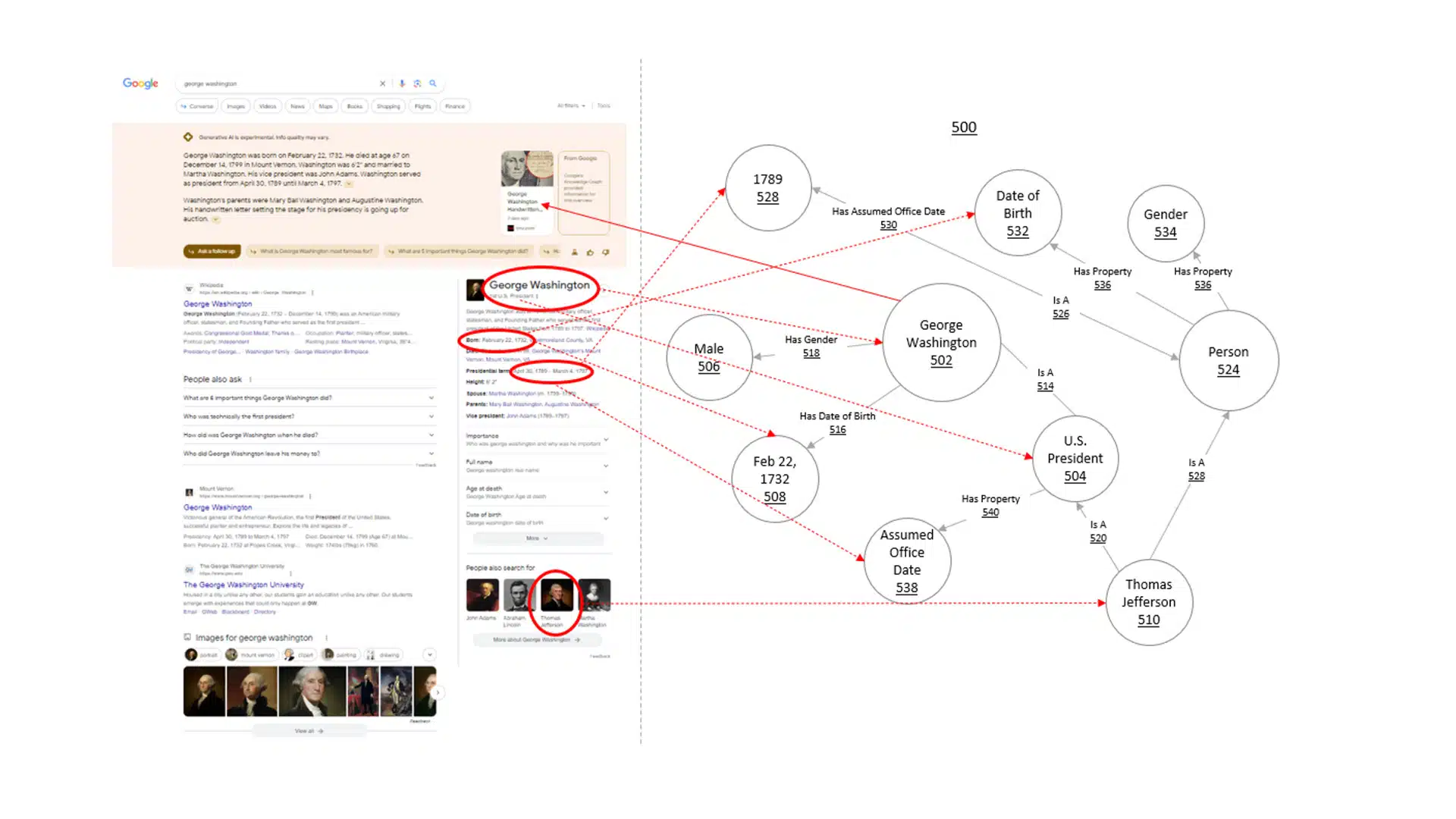
Semantic search understands the context and intent behind user queries.
Businesses must understand the intent behind questions customers are asking and should provide comprehensive answers for the most accurate search results.
An entity-first strategy for creating content is essential and is a competitive advantage in AI-powered search. Entities, when connected using schema, help in surfacing search results in semantic search.
By embracing entity-rich content, businesses can provide more relevant and accurate search results.
Dig deeper: 8 steps to a successful entity-first strategy for SEO and content
Multi-modal search capabilities

Multimodal search uses various types of information about businesses to provide the most comprehensive search results.
Google sees big potential in multimodal search, combining text, images, and video to surface the most relevant search results.
Google Lens and Bard play an increasingly important role here, enabling users to search and create content easily by leveraging images, text, videos and all other forms of content.
To futureproof a digital presence, the most critical step is to ensure core information about your brand is discovered across all channels.
Adopting a data-driven approach to assess the quality and relevancy of all assets helps in SERP dominance.
All digital assets such as images, videos, PDFs, forms, and FAQs should use enhanced schema for discovery and use Google NLP and various AI models to score high on quality and relevancy.
Page experience and Core Web Vitals
Core Web Vitals are a set of user-centric metrics that Google uses to quantify key aspects of user experience in the real world.
Optimizing for Core Web Vitals is critical for ensuring a good page experience.
Google is set to replace the metric First Input Delay (FID) with Interaction to Next Paint (INP), which irepresentas a more accurate measure of a page’s responsiveness. These changes show that Core Web Vitals remain important user-centered metrics to measure experience.
Tech stack
A flexible, scalable, customizable, and decoupled architecture ensures that businesses can adapt to customers’ changing needs.
With the content separated from its presentation, it becomes easier to push the same content to multiple channels (websites, mobile apps, IoT devices, etc.) without duplicating.
It is important to decouple the presentation layer of your website from the content and data and ensure content and data are stored in separate databases.
Decoupled CMS and a flexible platform allow businesses to adapt to new technologies and integrations, ensuring brands are always ready at the forefront of digital innovation.
Performance optimization
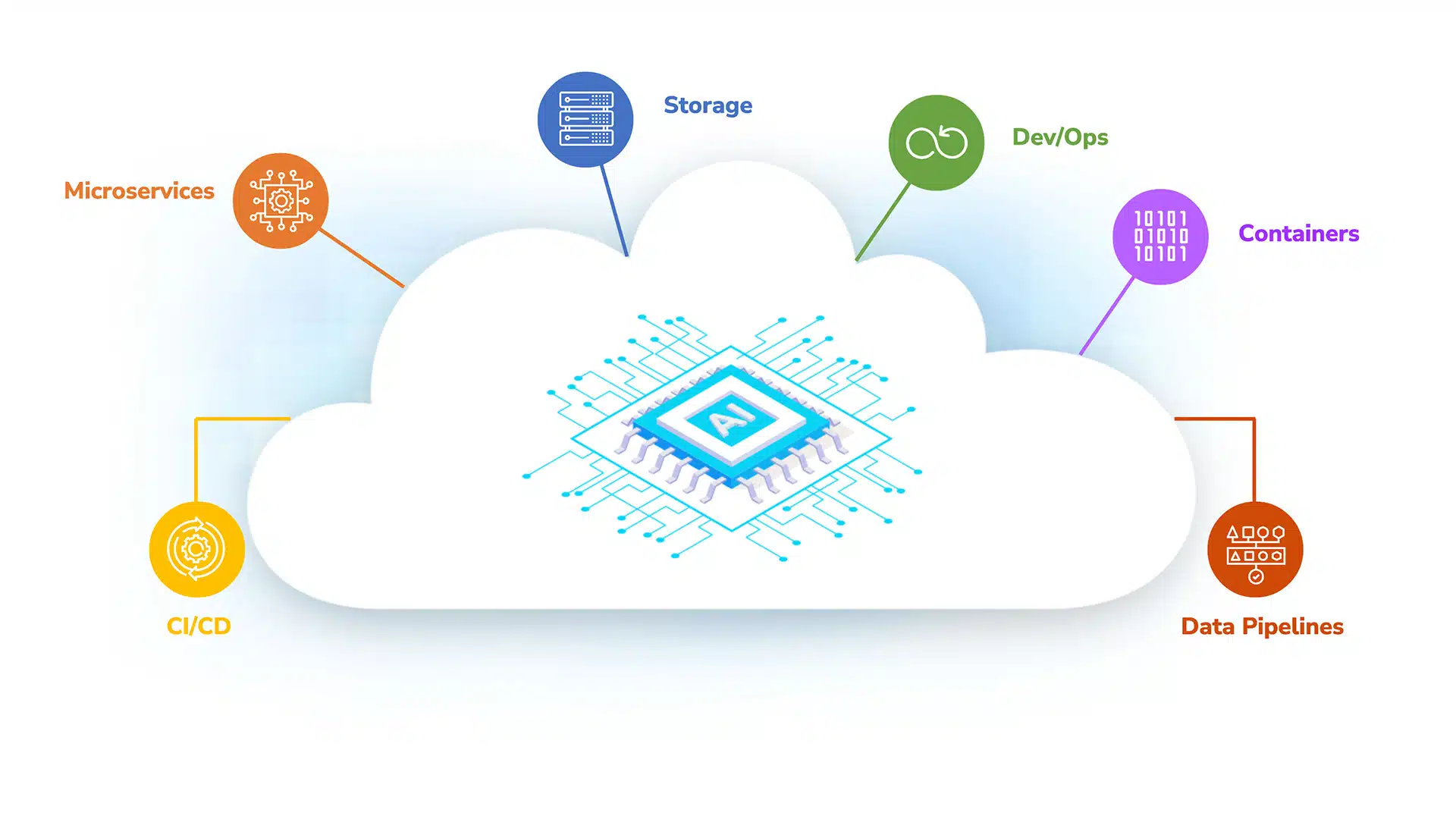
Optimizing a website’s performance is crucial for both user experience and business success.
Enhancements in infrastructure, including CDNs, CI/CD and DevOps practices, cloud solutions, microservices architecture, and containerized hosting, contribute to the robustness of the deployed tech stack.
Lazy loading best practices can drastically reduce load times, ensuring users remain engaged with the website and have a good site experience.
CDNs store cached versions of your website on multiple servers worldwide, enabling users to access content fast by delivering it from the nearest server based on the user’s geographical location.
Cloud solutions are easy to scale based on the demand of business.
Technical SEO and structured data
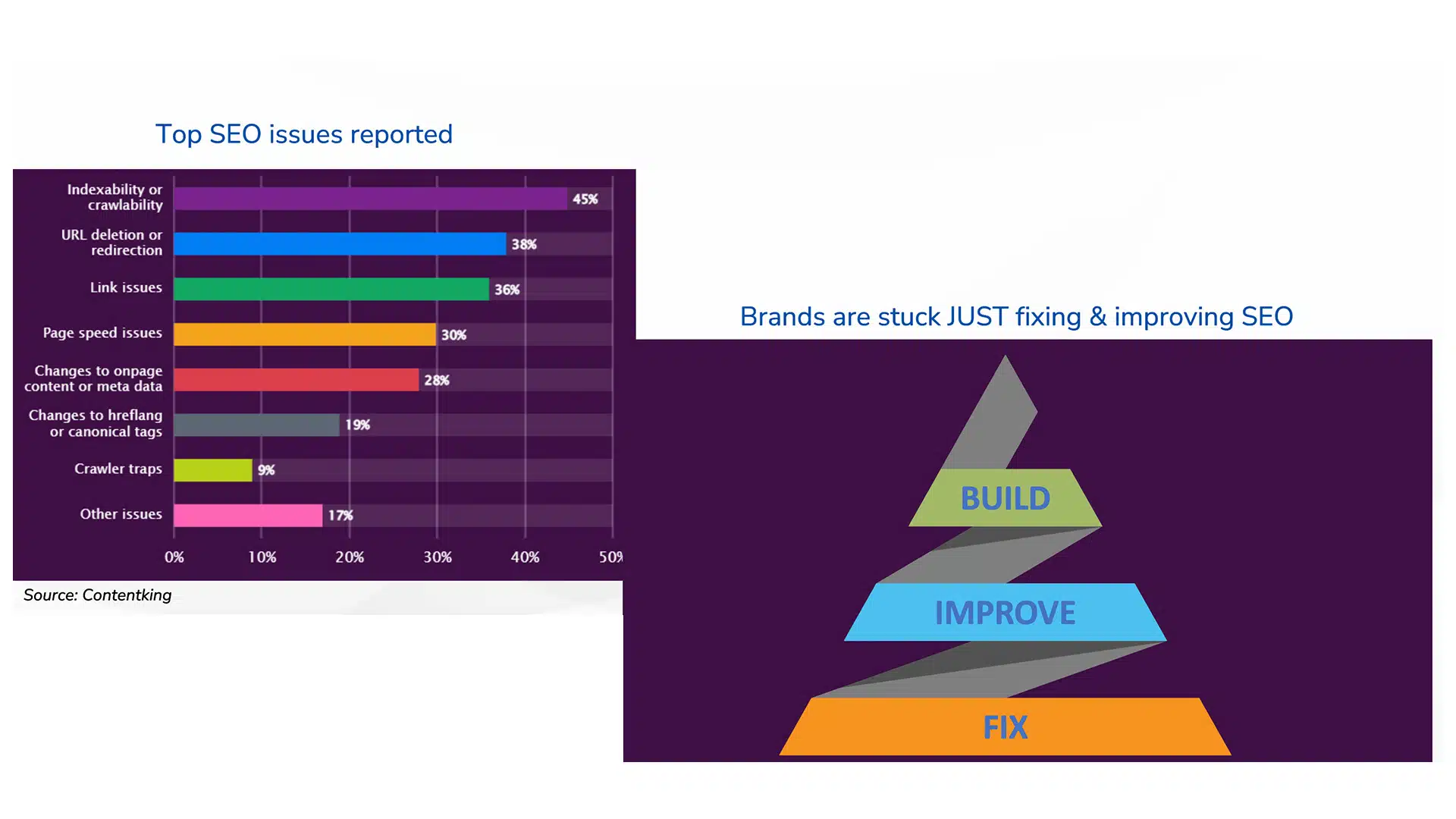
Delivering quality user experience is an important goal for search. Google tries to predict page quality when crawling any site and has given guidelines for businesses to follow.
Low-quality content, broken links, wrong URL directives, nonrelevant images, confusing deep site architecture, schema with errors, and site coding practices.
They all impact quality and experience metrics for any website. Most businesses spend time fixing technical foundations rather than investing time in building.
When you have a proper data structure, it helps in the discovery of content and creating a knowledge graph for your business.
A solid technical foundation for websites enables search engines to crawl, index and render content easily.
UI/UX
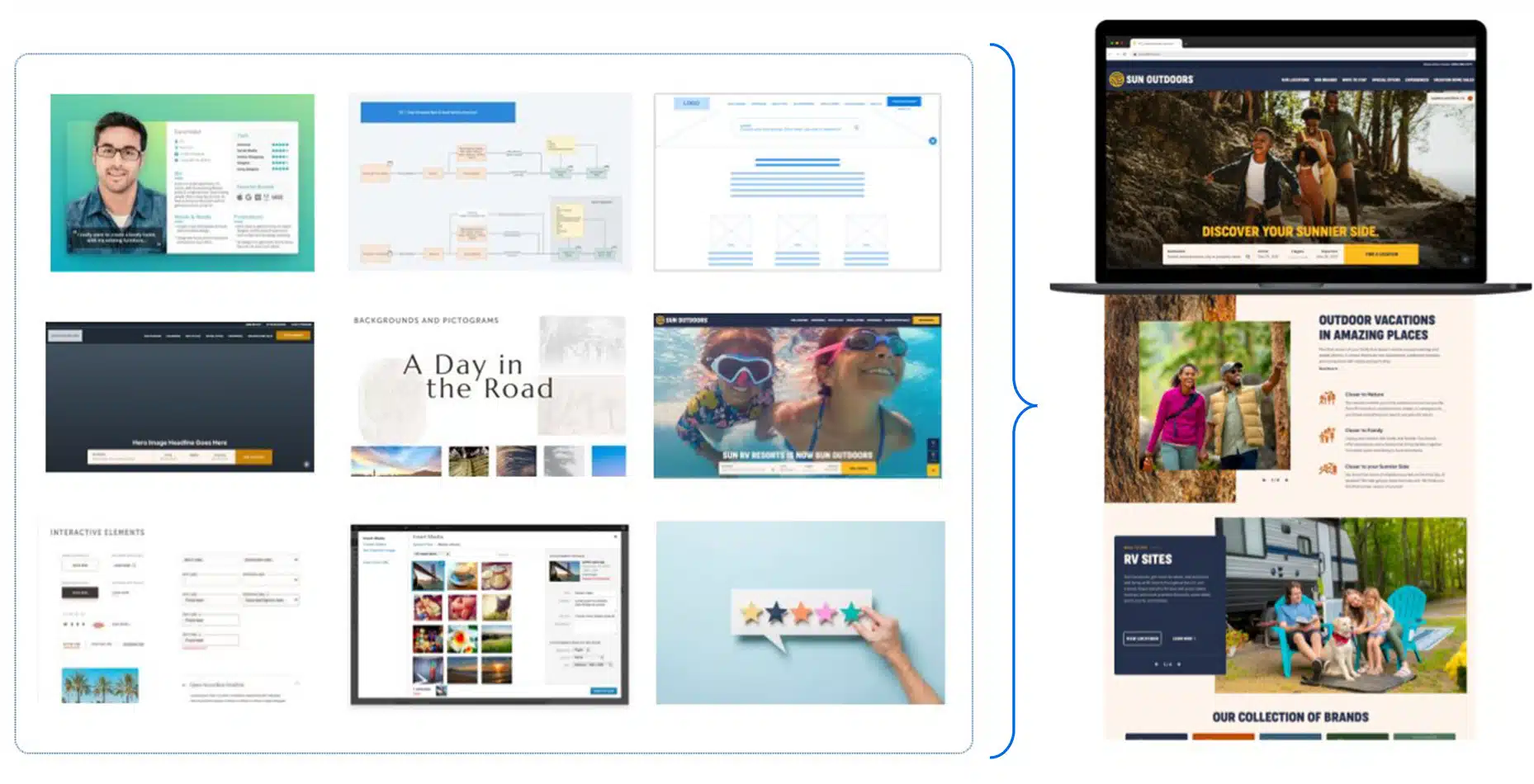
An intuitive user interface and efficient workflows are crucial for user retention.
A few essential practices brands must follow include:
- Keeping site design simple and uncluttered.
- Maintaining consistent messaging and design.
- Engaging users by sending notifications and confirmation messages after submitting a form.
As you begin thinking about futureproofing your experience, ensuring the platform and website are designed for scalability and growth is critical. Our UI-UX workflow must take the user journey, touchpoint, and experience into account.
This includes designing a library of reusable design components to ensure consistency and establishing a design system that includes web-safe fonts, typography, spacing and other elements. It is critical to follow these best practices to ensure a seamless, frictionless and enjoyable experience.
Safe and secure
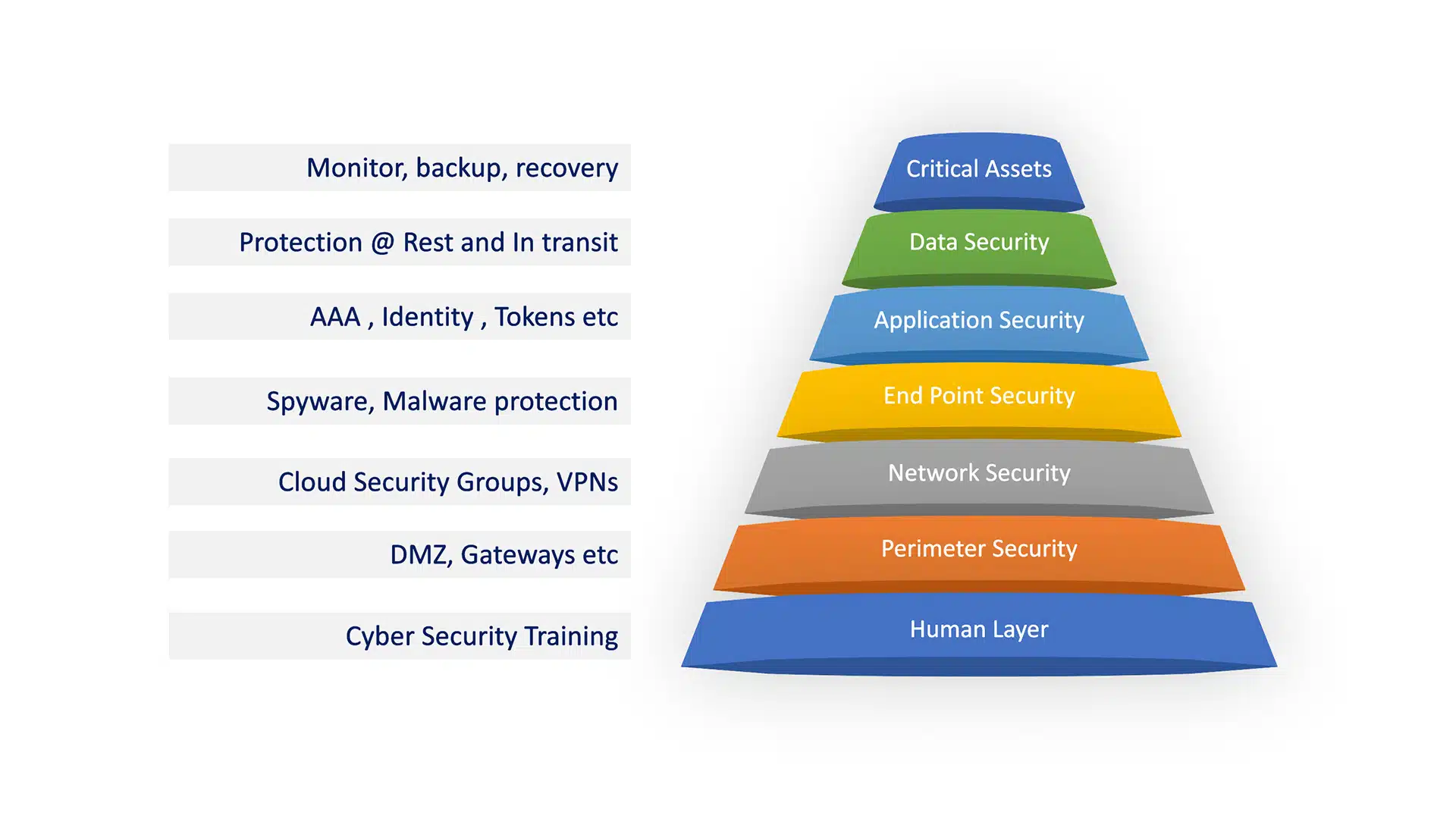
Google has offered best practices for developers to ensure website users’ experience is secure and a safe browsing experience. This includes:
- Using HTTPS.
- Establishing regular cadence for any security updates on the server and multi-factor authentication.
- Establishing best practices for securing and encrypting user data and activities
- Establishing layers of safe and secure infrastructure.
By following these guidelines and best practices, website owners can provide a safer and more secure web experience for their users, fostering trust and confidence in their platform.
It is important to set up the process to regularly review security and safety policies, including user activities, log analysis, API failures, alert systems, etc.
As the digital realm continues to evolve, businesses must stay ahead by adopting strategies that ensure a future-proof digital experience. Embracing AI-first semantic search and its associated strategies will be pivotal in achieving this goal.
Opinions expressed in this article are those of the guest author and not necessarily Search Engine Land. Staff authors are listed here.
Related stories
New on Search Engine Land